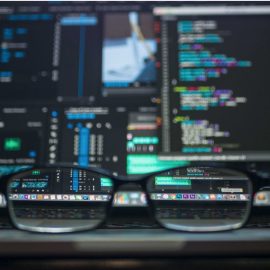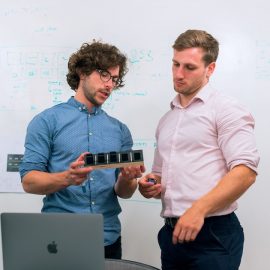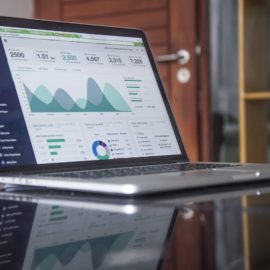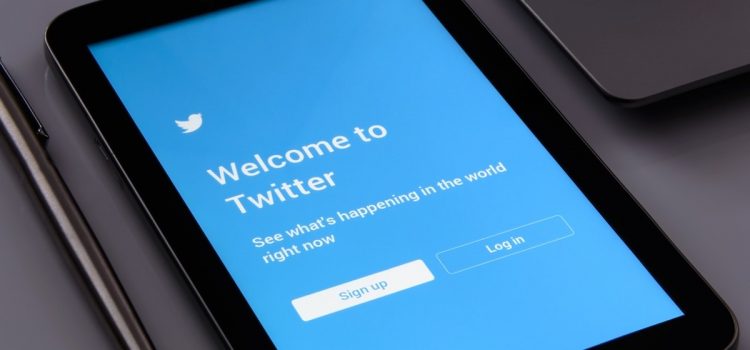
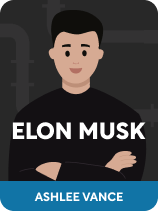
This article is an excerpt from the Shortform book guide to "Elon Musk" by Ashlee Vance. Shortform has the world's best summaries and analyses of books you should be reading.
Like this article? Sign up for a free trial here.
Why did Elon Musk purchase Twitter? Why wasn’t he content to just serve on the board? What made him almost pull out of the deal?
Elon Musk believed he could accomplish a virtuous mission by owning Twitter, and there’s something about the platform’s dramatic, chaotic atmosphere that attracted him. The process to purchase Twitter became its own wild saga. Walter Isaacson tells the turbulent tale in his biography Elon Musk.
Continue reading to learn the details of Elon Musk’s Twitter purchase.
Elon Musk’s Twitter Purchase
Elon Musk’s Twitter purchase almost didn’t happen. Isaacson details Musk’s initial interest, the options he had short of buying it outright, and Musk’s cold feet just before the deal went through.
The 2020s marked an apparent shift in Musk’s politics toward a strongly conservative stance. An avid user of the Twitter platform, Musk began to feel that its policies for banning users and promoting certain messages were skewed by a heavy liberal bias. To resolve this, Musk decided to get involved himself, first by influencing Twitter by investing, and then later by buying it outright. Isaacson describes Musk’s early interactions with Twitter’s board of directors, his rapid decision to purchase the entire platform, and his last-minute cold feet about closing the deal.
Isaacson theorizes that part of the reason behind Musk’s interest in Twitter was the unrivaled success that Tesla and SpaceX were experiencing in 2022. The calm and ease that came with success didn’t sit well with Musk’s disposition. But, instead of igniting new projects at those companies, he dived into Twitter instead, encouraged by a circle of libertarian friends who, like Musk, wished to see Twitter’s content policies relaxed. Based on the size of his investment in the company, Musk approached Twitter about membership on the board but quickly realized that sharing power that way wouldn’t allow him to make sweeping changes.
(Shortform note: The idea that Twitter even had content moderation for Musk to worry about may come as a surprise to some users. The platform became notorious for its role in spreading misinformation during the 2016 US presidential election. The same period saw a rise in tweets employing hate speech targeted at a plethora of groups. A review by Amnesty International charged that Twitter was failing in its civic duty to curtail abusive and violent content targeting women. In 2017, Twitter enacted new policies to block hate speech and ban abusers who hid behind multiple accounts. By Isaacson’s timeline, this may have been the pendulum swing that Musk believed went too far in the other direction.)
Isaacson writes that, rather than joining the board, Musk offered to purchase Twitter for $44 billion. Musk believed he could make Twitter profitable by offering validated user accounts for a monthly fee as well as turning Twitter into a financial platform on which artists and creators could get paid for work they posted. Musk also wanted to democratize Twitter by removing all censorship and making its algorithm for content promotion open source and available to the general public. Beyond that, Twitter was something Musk loved as an arena for dramatic, unfiltered expression.
(Shortform note: Twitter’s creator Jack Dorsey originally envisioned the platform as a tool to send brief texts to groups of people. Usage exploded from 20,000 tweets per day in 2006 to 500 million per day in 2017. Some features, such as hashtags and the @ symbol, grew out of the linguistic shorthand that developed as people tried to squeeze their thoughts into 140 characters per tweet. Politics entered the Twitter fray with Barack Obama’s US presidential campaign and the rise of the Tea Party in 2008. Twitter also became a journalistic tool as users tweeted breaking news about the 2010-11 Arab Spring uprisings and the 2014 protests in Ferguson, Missouri. As an outlet for the power and drama of speech, Twitter’s appeal to Musk can’t be doubted.)
However, after Musk had time to think about the deal, he started to feel that he was overpaying. Isaacson says that one crucial point was the number of fake Twitter accounts, which Musk believed the company severely undercounted. Musk had analysts comb through Twitter’s data to find out how many of the accounts were real, and when they couldn’t make a determination, Musk tried to back out or at least drop the price. Twitter sued to make Musk follow through on his agreement, but Musk got the last twist of the knife by closing the deal a day sooner than expected and firing Twitter’s executives before they could use their stock options. Musk believed they’d misrepresented Twitter’s value, and therefore his actions were justified.
(Shortform note: Musk may not have had the last laugh on the issue of his Twitter takeover. The law firm of Wachtell, Lipton, Rosen & Katz, who were employed by Twitter’s board to force Musk to complete his Twitter purchase, charged the company a $90 million success fee. Twitter’s board approved the transfer of funds 10 minutes before Musk finalized his purchase. In July 2023, Musk sued the firm to recoup that fee, but as of this writing, the case has yet to be heard in court. Meanwhile, Twitter (now X Corp) faces a multitude of lawsuits from former employees charging that the company owes them severance pay.)

———End of Preview———
Like what you just read? Read the rest of the world's best book summary and analysis of Ashlee Vance's "Elon Musk" at Shortform.
Here's what you'll find in our full Elon Musk summary:
- A biography of Elon Musk by renowned biographer Walter Isaacson
- Musk's traumatic South African childhood up until his Twitter takeover
- How Musk's Asperger's syndrome affected his childhood and relationships

